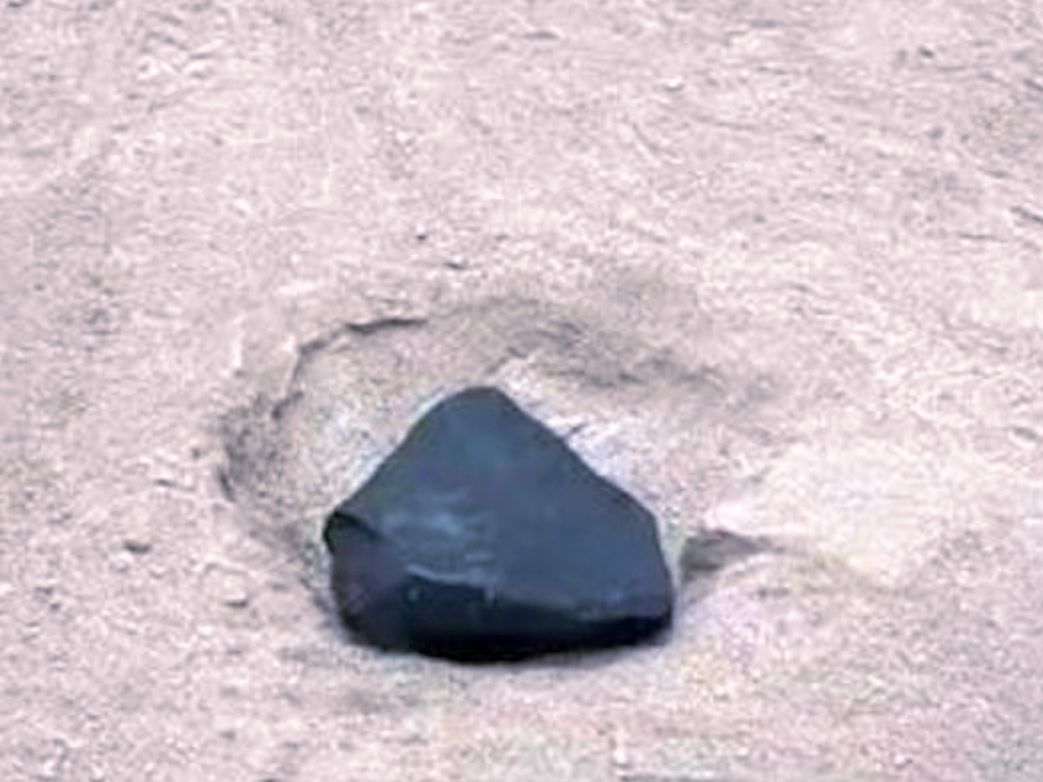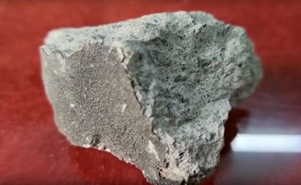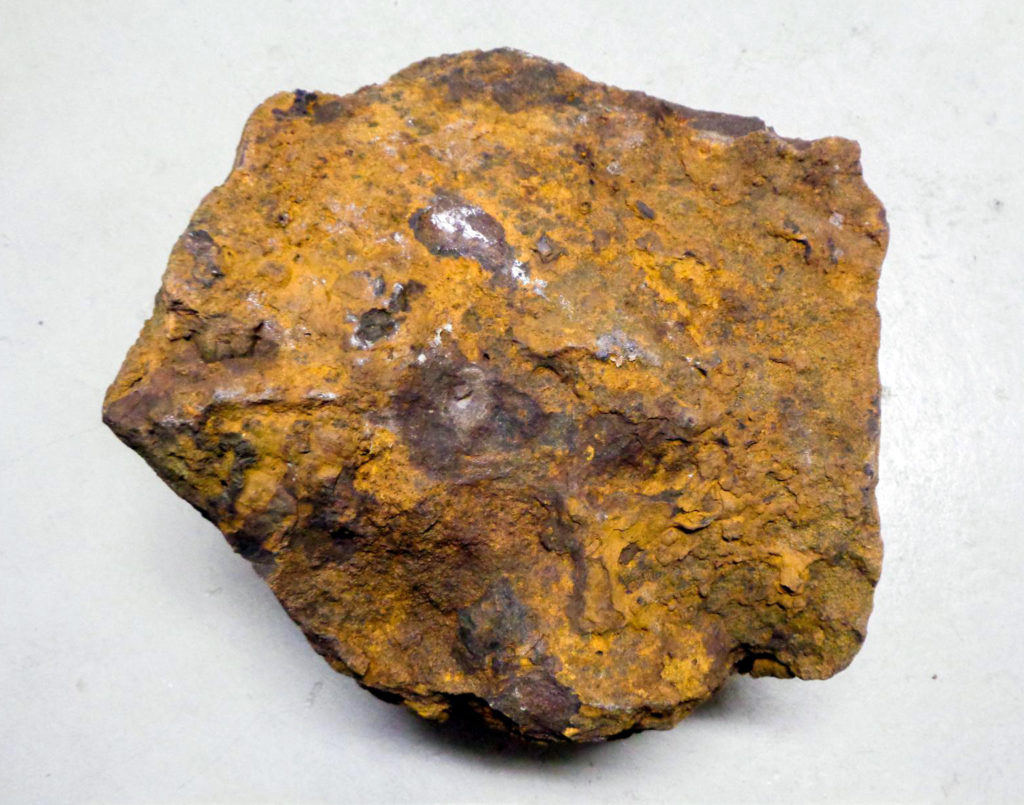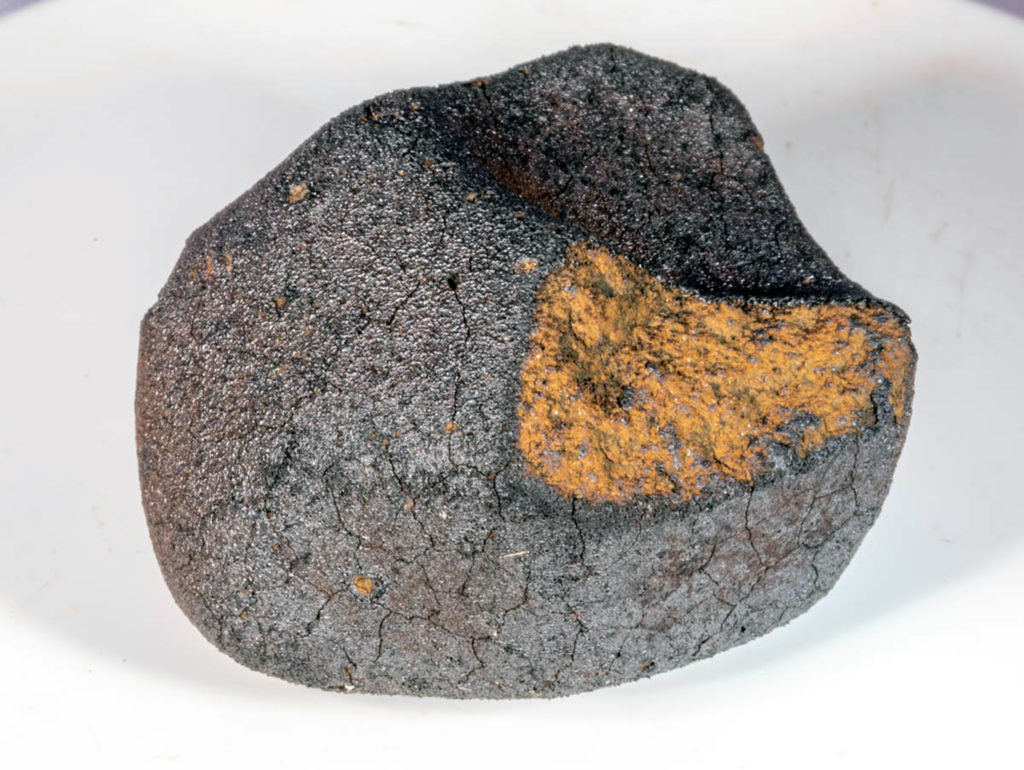A reconstruction of the H2O and F contents of the Erg Cech 002 parent body
Liam D. Peterson, Megan E. Newcombe, Conel M.O’D. Alexander, Jianhua Wang, Sune G. Nielsen
Geochimica et Cosmochimica Acta
In Press, Journal Pre-proof, Available online 17 April 2025
“Erg Cech 002 (EC 002) is an andesitic achondrite, the earliest formed achondrite identified to date, and is a rare sample of primary melts that formed crusts on the first generation(s) of planetesimals. Given that EC 002 represents a primary or primitive melt and that H and F are incompatible during silicate partial melting, EC 002 may be a H- and F-rich material relative to previously studied achondrites. We measured the H2O (total H quantified as H2O) and F contents of low-Ca pyroxene xenocrysts (∼4– 12 µg/g H2O; <0.5 µg/g F), groundmass augite (∼5 – 10 µg/g H2O; <2.2 µg/g F), albitic feldspar (∼2– 5 µg/g H2O; <0.5 µg/g F), and a silica-rich phase (∼28– 30 µg/g H2O; ∼0.7– 2.5 µg/g F) in EC 002 by Nanoscale Secondary Ion Mass Spectrometry. We use a single-stage equilibrium batch melting model to provide a first-order reconstruction of the EC 002 parent body H2O (∼7– 200 µg/g H2O) and F (∼0.44– 2.4 µg/g F) contents, which are depleted relative to chondrites and the bulk Earth. This requires the first generation(s) of planetesimals to have either accreted from volatile-poor materials or undergone extensive volatile loss, supporting the idea that Earth acquired its H2O budget from thermally primitive materials.”
































